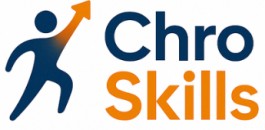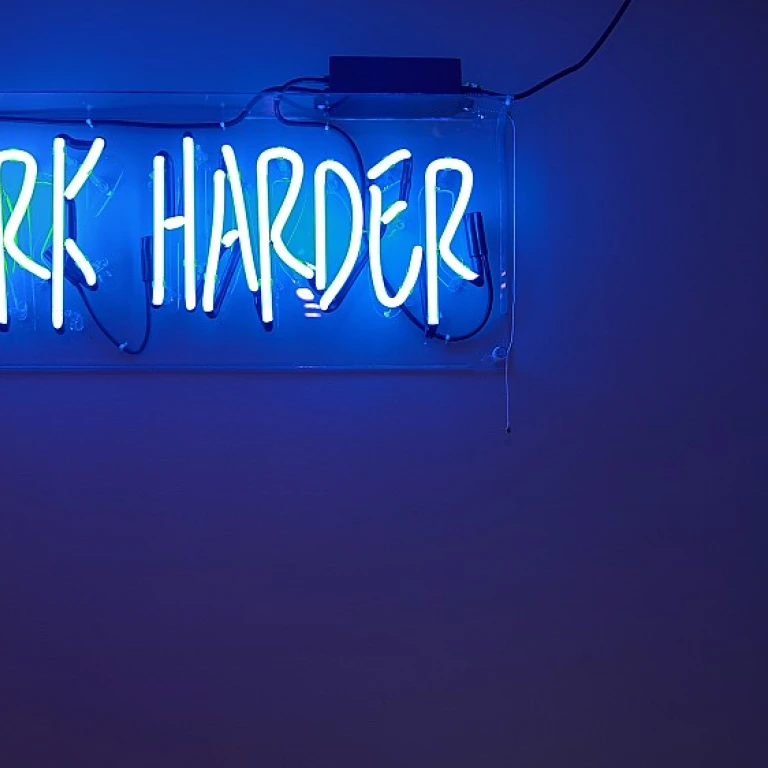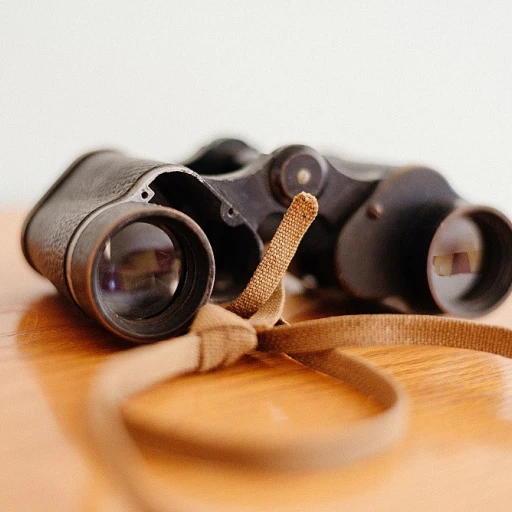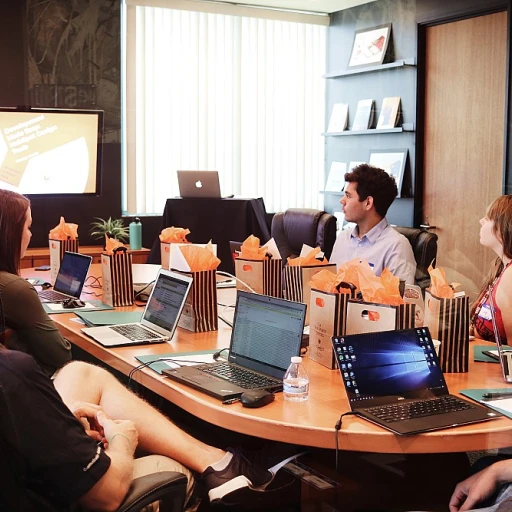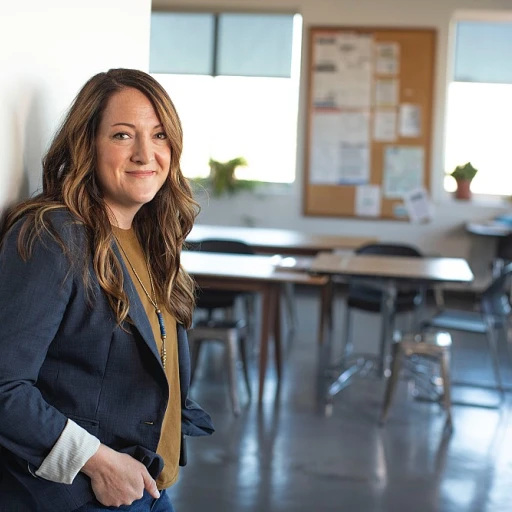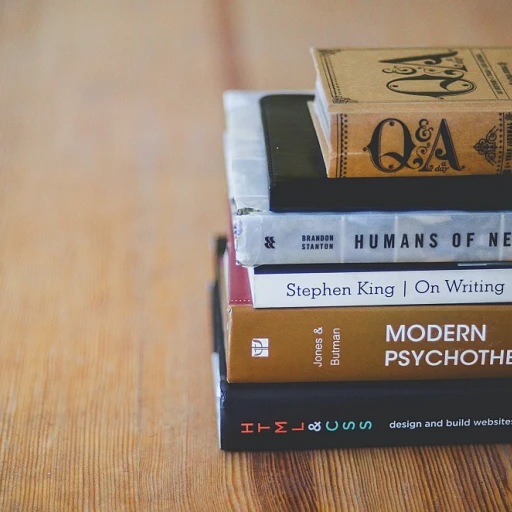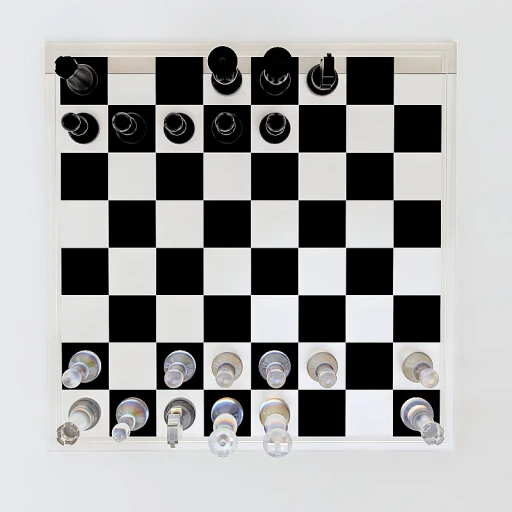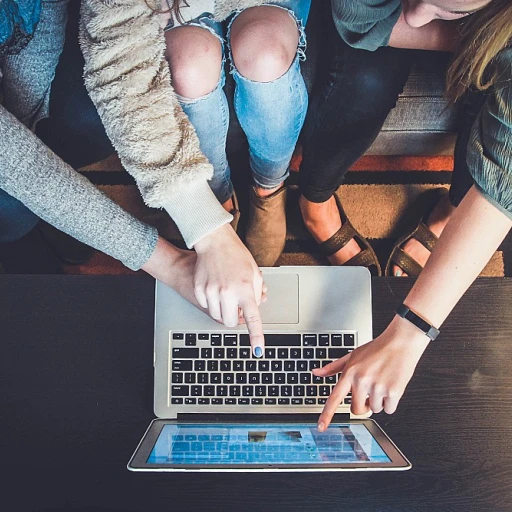
Understanding the Role of a Peer Learning Facilitator
Facilitator's Role in Fostering Peer Learning
As a peer learning facilitator, your primary role is to guide and nurture the learning process among participants. Your position requires you to create an environment where attendees can freely exchange knowledge and share their experiences. An effective facilitator helps bridge the gap between traditional instruction and collaborative learning, enabling participants to benefit from collective insights.
One core aspect of your role involves setting the stage for productive peer learning sessions. By developing clear objectives and structuring learning sessions strategically, you ensure proper alignment with the group's goals and learning outcomes. This requires you to possess a keen understanding of the group dynamic and be adept at steering conversations in a way that brings out meaningful contributions from each participant.
Effective peer learning facilitation is not just about knowledge sharing; it's about creating a collaborative learning environment that encourages participation and fosters academic excellence. You'll find that peer learning is more than just a method—it's a journey that guides students and professionals alike toward greater development and understanding.
Your role also encompasses leadership development—cultivating skills that enhance participants' capacity to lead within their own spheres. Such skills are crucial for personal development and can significantly boost employability in the ever-evolving job market.
Learn more about engaging team activities for HR leaders that can further enhance your facilitation efforts by exploring our detailed guide on HR facilitation activities.
Key Skills for Effective Peer Learning Facilitation
Mastering the Art of Peer Learning Facilitation
Understanding how to effectively facilitate peer learning sessions is crucial for achieving academic excellence and enhancing learning experiences. As a learning facilitator, it is your responsibility to ensure the success of these sessions by applying a range of skills and best practices. 1. Communication Skills Strong communication is the foundation of effective peer learning. Facilitators should strive to clearly convey ideas, instructions, and feedback during learning sessions. This will help students and group members engage in more meaningful discussions and encourage open dialogue. 2. Leadership Development Abilities Facilitators must foster leadership qualities within learning groups, enabling participants to take on leadership roles during peer learning activities. This development of leadership skills empowers individuals and enhances the group's dynamic, as seen in many successful employee training programs. 3. Adaptability and Flexibility Adaptability is an essential skill for learning facilitators, as each session can bring unique challenges and opportunities. Being flexible allows facilitators to tailor learning development strategies to fit the specific needs of their participants, accommodating diverse learning styles and experiences. 4. Time Management Managing time effectively ensures that learning sessions remain productive and focus on course objectives. Facilitators should be adept at structuring sessions to optimize time without compromising the quality of learning experiences. 5. Empathy and Supportive Engagement Empathy plays a critical role in understanding the perspectives and challenges of students. A supportive learning environment encourages participants to voice their concerns and fosters a sense of belonging. Facilitators should be attentive and responsive, offering guidance and motivation to all learning groups. For more insights on enhancing group dynamics through engaging activities, consider these team building strategies that are crucial for effective peer learning facilitation. By honing these skills, learning facilitators can create positive and impactful educational experiences for all participants.Building a Collaborative Learning Environment
Creating a Supportive Environment for Peer Learning
Building a collaborative learning environment is crucial for effective peer learning facilitation. This involves creating a space where students and employees feel comfortable sharing their experiences and insights. A supportive environment encourages open communication and trust among learning groups, which is essential for the learning process.
To foster such an environment, learning facilitators should focus on the following strategies:
- Encourage Open Communication: Facilitate discussions where everyone feels heard and valued. This can be achieved by setting ground rules for respectful dialogue and ensuring proper participation from all members during learning sessions.
- Promote Inclusivity: Make sure that all participants, whether they are UCLA students or employees in leadership development programs, feel included. This can be done by recognizing diverse perspectives and experiences, which enrich the learning experience.
- Facilitate Group Dynamics: Understanding group dynamics is key to effective peer learning. Facilitators should be adept at managing different personalities and ensuring that quieter members have the opportunity to contribute.
- Provide Resources and Support: Equip learning groups with the necessary tools and resources to succeed. This could include access to training materials, academic excellence resources, or even an onboarding buddy for new members.
By implementing these best practices, facilitators can create an environment that not only supports learning but also enhances team dynamics. For those interested in further developing their skills in this area, exploring the path to becoming a training lead can provide additional insights and resources.
Leveraging Technology for Peer Learning
Utilizing Technology to Enhance Peer Learning
In today's digital age, leveraging technology is pivotal for effective peer learning facilitation. Technology can transform standard learning sessions into interactive and engaging experiences. By incorporating various tools, learning facilitators can create an environment that supports academic excellence while ensuring proper development. One effective way to integrate technology in peer learning is through online platforms that encourage collaboration among students. For example, tools that provide virtual spaces for discussion can help bring together learning groups. These digital platforms allow learners to share knowledge and resources efficiently, bridging any geographical gaps they might face. This approach is especially beneficial for people who may not be able to meet physically, creating a flexible option concerning location and time. Another vital aspect is the use of multimedia resources to enhance learning. Videos, podcasts, and interactive modules can be incorporated into training or course materials to diversify the learning experience. Such resources are particularly advantageous for students who learn better through audio-visual means rather than traditional reading or lectures. Peer learning facilitators can also employ technology to track and measure the impact of peer learning initiatives effectively. By utilizing analytics tools, facilitators can gather insights into how well learning sessions are being received, which areas require improvement, and the overall progress of learners within the group. This data-driven approach allows facilitators to make informed decisions, tailor learning sessions as needed, and ensure continuous development. An essential consideration remains the privacy policy and user agreement associated with using such platforms. It is crucial to ensure that learners’ data and privacy are protected, maintaining trust and a secure learning environment. Furthermore, technology facilitates the organization of virtual leadership development programs. Platforms equipped with features such as breakout rooms and real-time polling can simulate a physical classroom environment, fostering a more connected and interactive experience for participants. These features are beneficial for employee training and onboarding buddies, supporting the transition into new jobs or roles within an organization effectively. In conclusion, technology plays an indispensable role in advancing the effectiveness of peer learning. By carefully selecting and integrating the right tools, learning facilitators can enhance learning development, create meaningful interactions, and help students reach their full potential.Measuring the Impact of Peer Learning Initiatives
Evaluating the Outcomes of Peer Learning
Assessing the impact of peer learning initiatives can significantly contribute to enhancing team dynamics and achieving learning objectives. To understand the benefits and areas of improvement, it is essential to develop a systematic approach to measure the results. Here are some effective strategies:- Quantitative Metrics: Track the completion rates and the number of peer learning sessions conducted. Analyze the participation levels by examining how many students or employees are actively engaging in the sessions.
- Qualitative Feedback: Collect feedback from participants to gain insights into their experiences during the learning process. Open-ended surveys or structured group discussions can offer rich qualitative data, highlighting what worked well and areas for improvement.
- Behavioral Changes: Observe changes in behaviors and performance post-training. This can be an indicator of the effectiveness of the peer learning elements integrated into the course or training programs.
- Skill Development Assessments: Implement pre and post-assessments to measure skills acquired during the peer learning experience. Compare these assessments to gauge the extent of learning development achieved through the sessions.
- Adoption of Best Practices: Evaluate how the learning facilitators incorporate best practices into their facilitation methods. This aspect can ensure proper alignment with the organizational leadership development goals.
